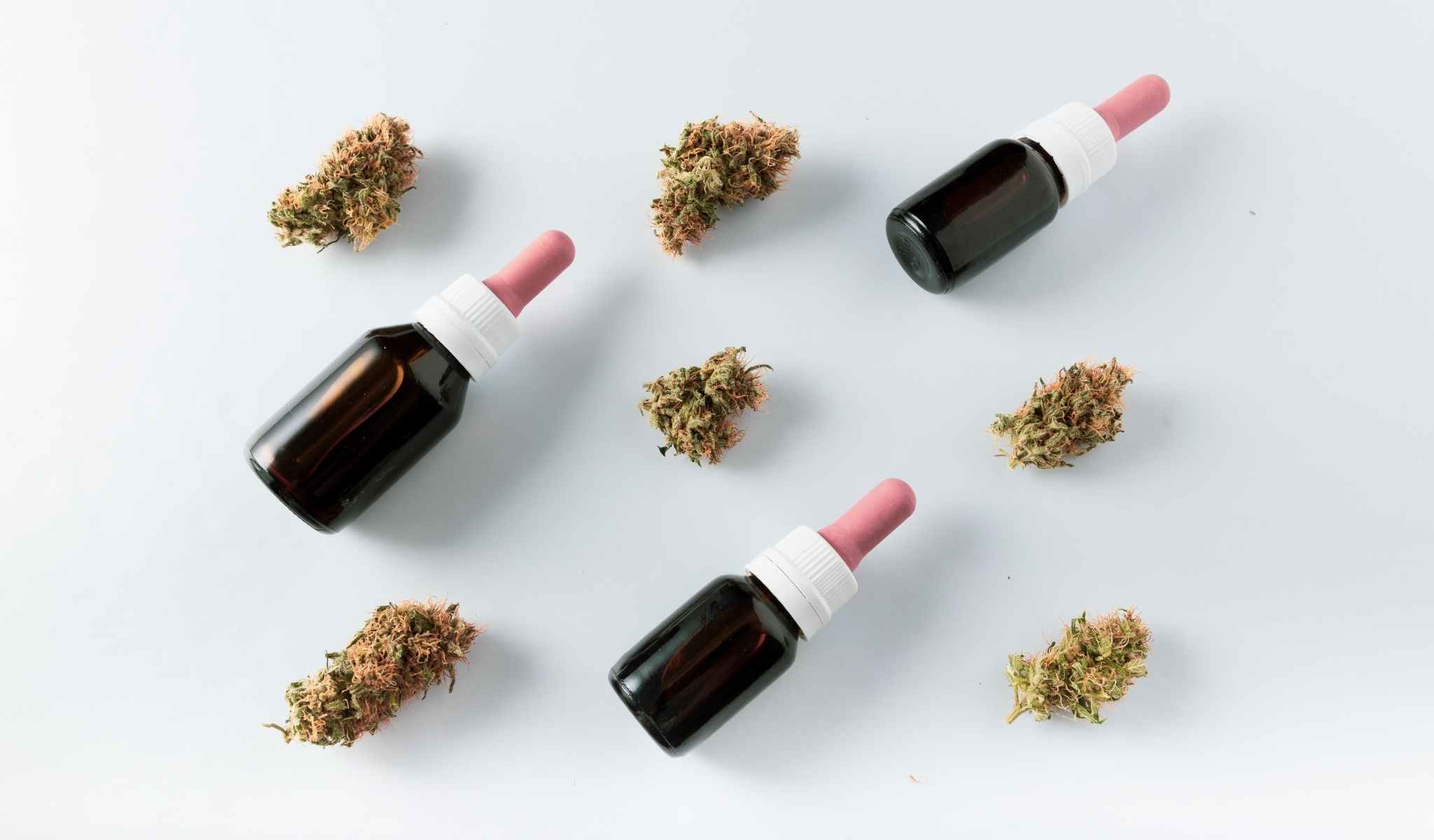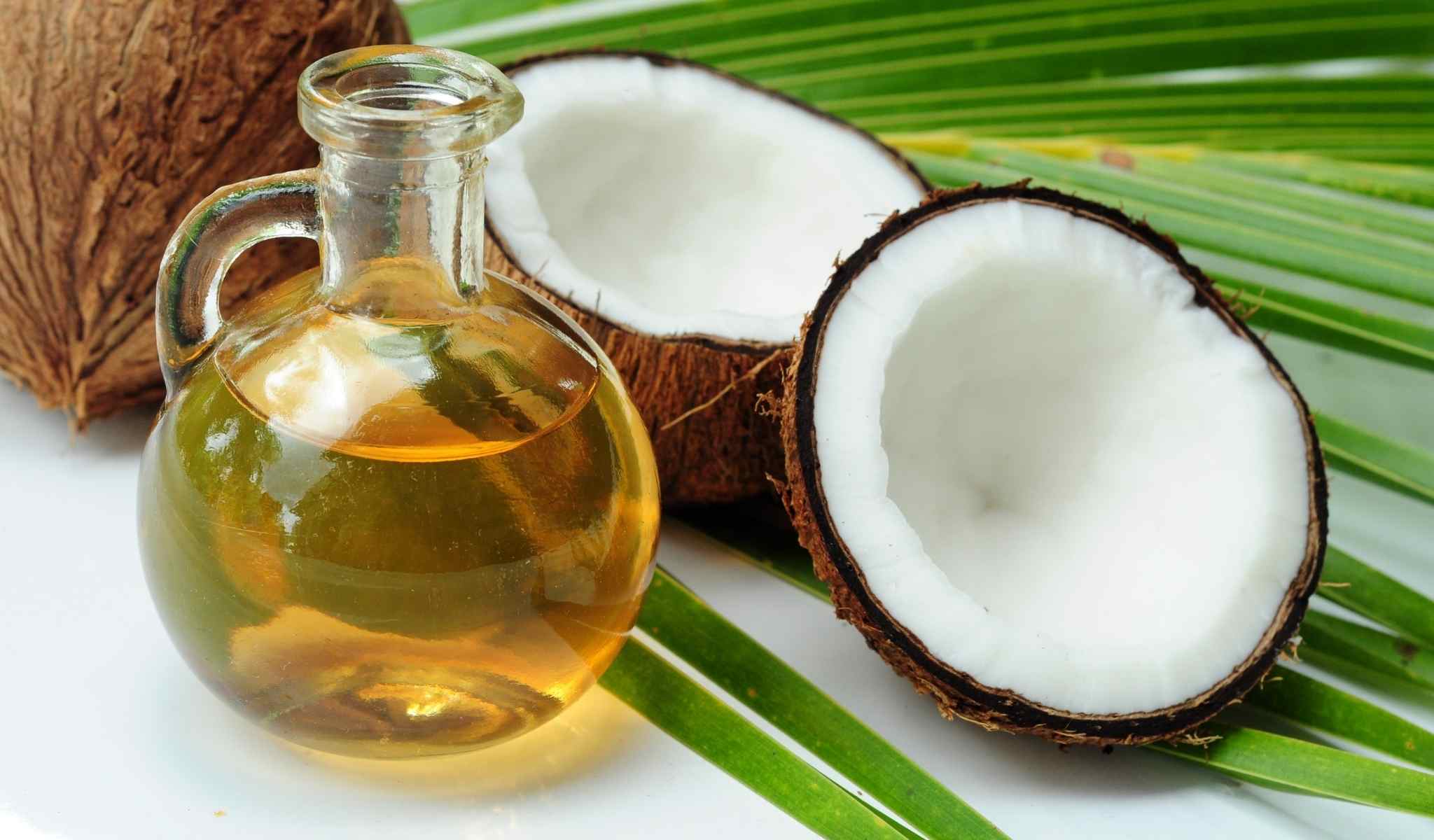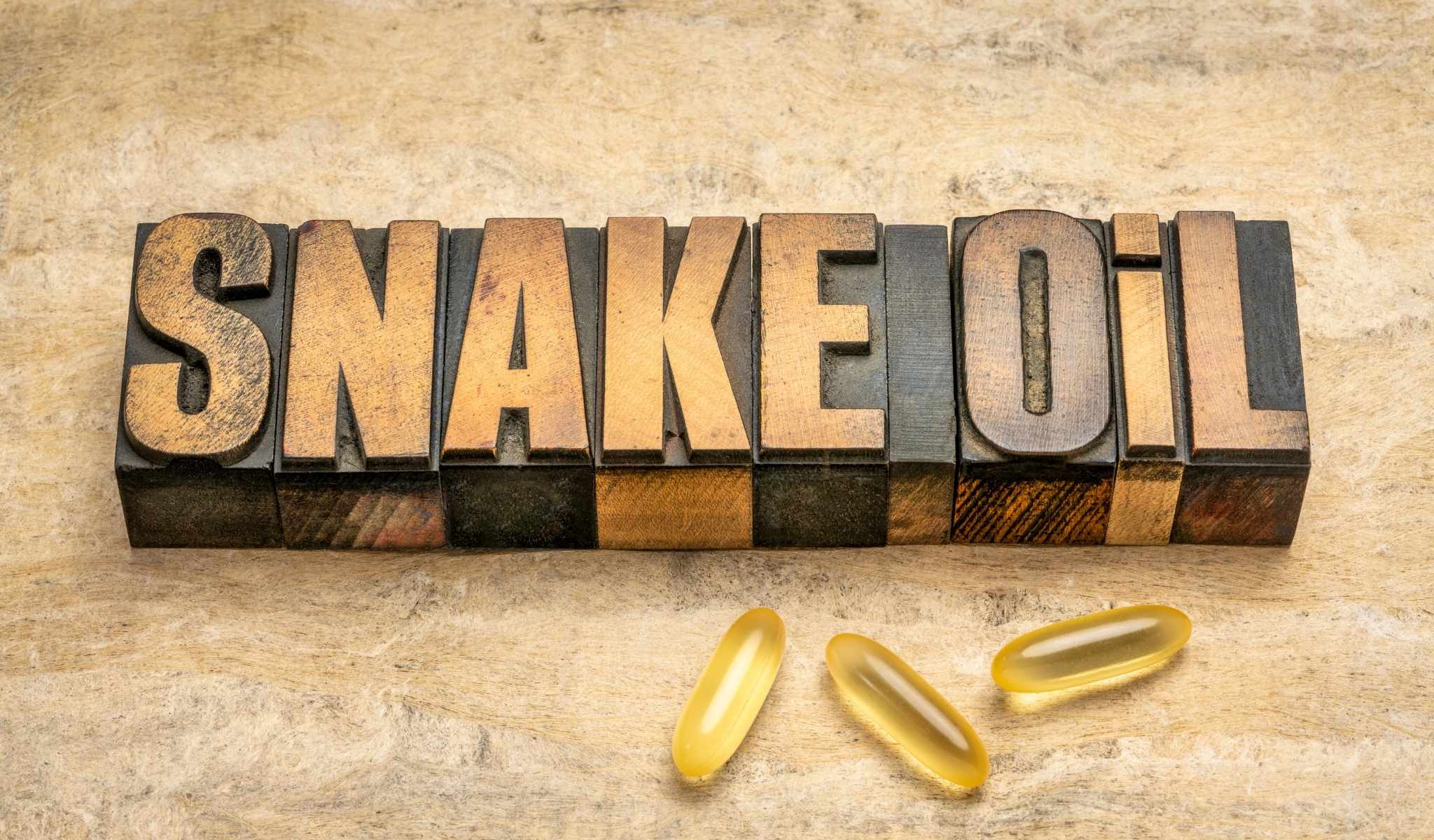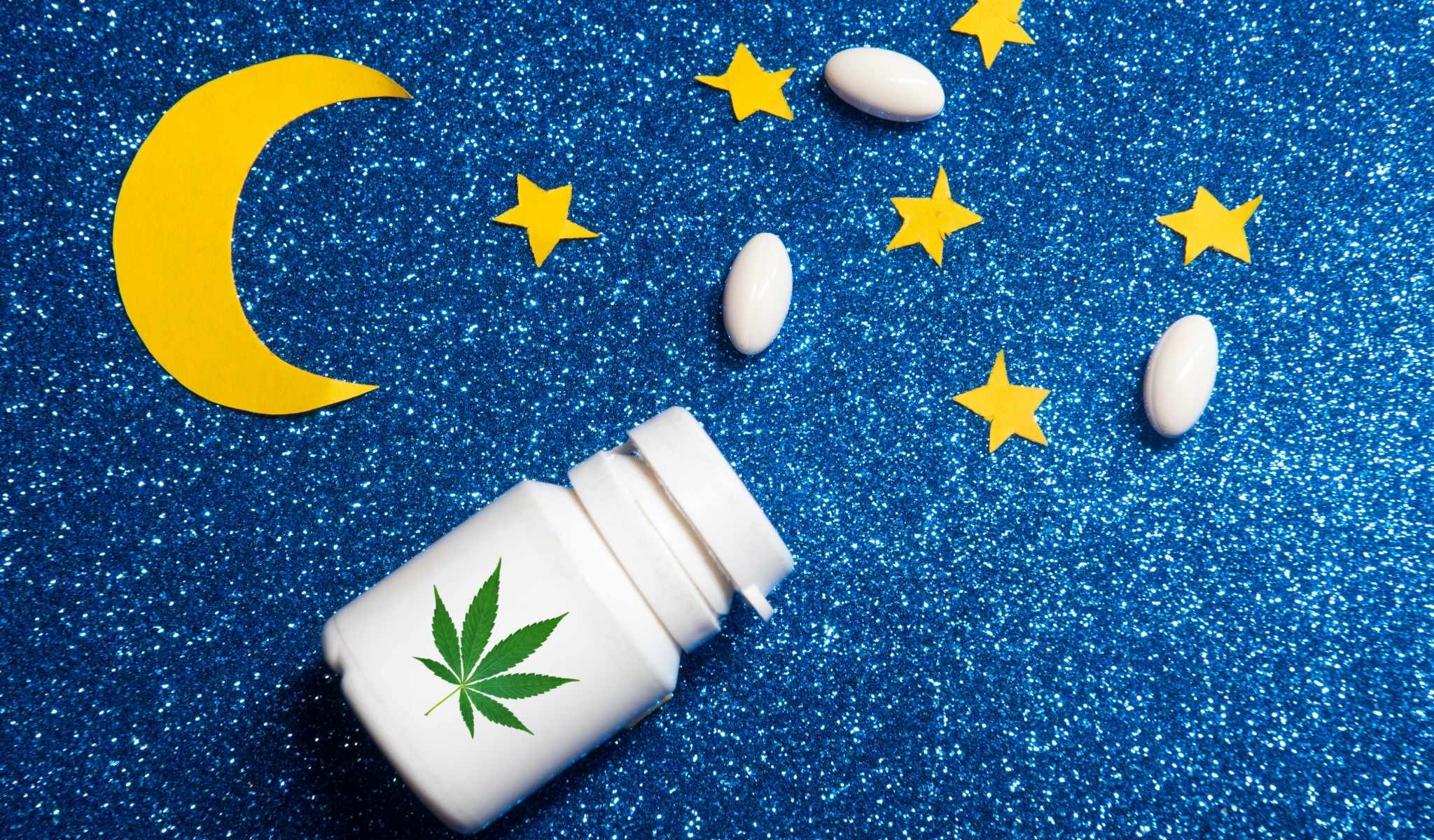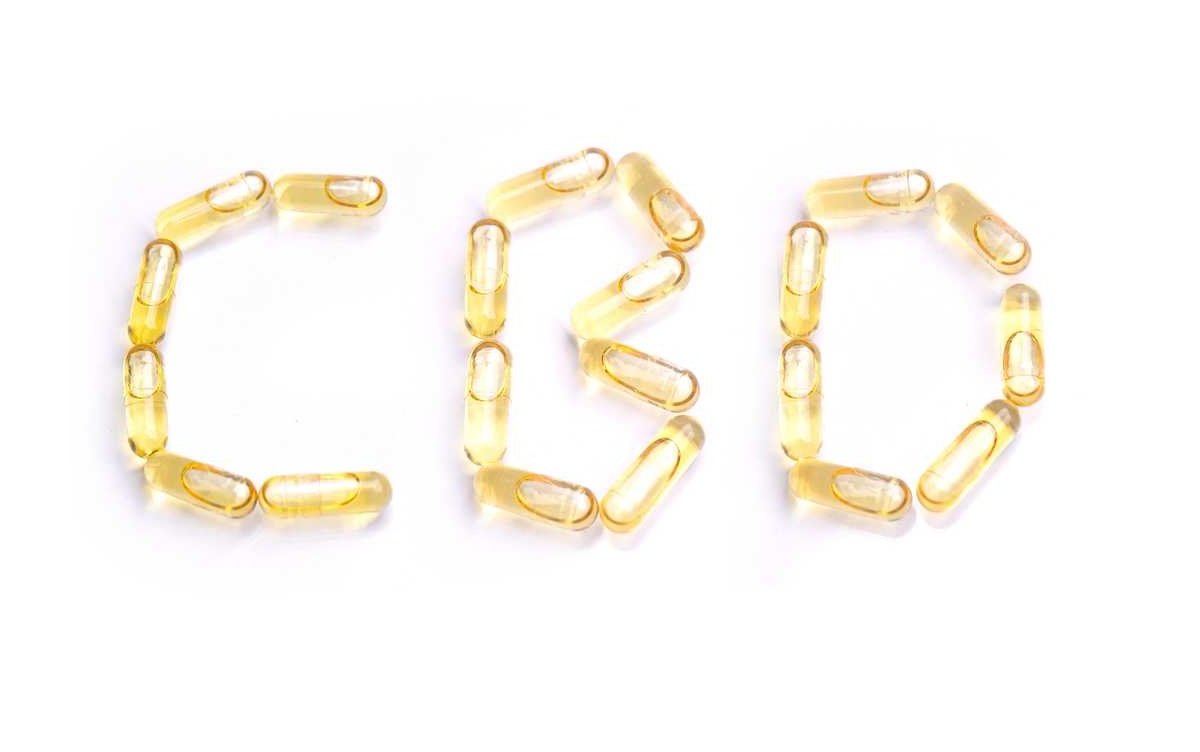
How CBD Works: Understanding How CBD Works With Our Bodies
- What is CBD?
- What is the Endocannabinoid System (EBS)?
- An overview of the different receptors & inhibitors
Cannabidiol (CBD) is a non-intoxicating ingredient of cannabis plants. However, scientists and doctors have been very interested in CBD’s therapeutic effects on a molecular level.
Cannabidiol (CBD) is a multi-functional drug that produces multiple results via different molecular pathways. More than 65 molecular targets have been identified in the scientific literature.
CBD does not have a binding affinity for the cannabinoid receptors CB1 or CB2, but cannabidiol can modulate many other receptors and ion channel.
CBD can also be used to inhibit or enhance the binding of specific G protein-coupled receptors.
These are just a few of the many ways CBD can be used to treat your ailments.
Johns Hopkins University and the University of California analysed search frequency for non-intoxicating CBD. The 2019 study revealed that search rates increased to 126% between 2016 and 2017, 160% next year, 118% the following year.
It shouldn’t surprise that there are millions of searches per month in Australia and New Zealand. CBD and medicinal cannabis has been legalised in 2016 and has exploded in interest ever since.
Table of Contents.
With that being said, let’s dive into the way that CBD works on the human body!
What is CBD?
CBD stands for “cannabidiol” and can be found in hemp plants.
There are currently 113 cannabinoids known to be active in the Endocannabinoid System.
Two other types of cannabinoids are well-known: Tetrahydrocannabinol and cannabinol.
It is not a psychoactive compound. This means people don’t feel “high” after using it. The compound is revered for its many medical benefits, including Dravet syndrome treatment and Lennox–Gastaut syndrome treatment.
The Therapeutic Goods Administration plays a role in the availability and regulation of CBD products in Australia.
Carbon dioxide extraction is the best way to obtain CBD. This method is expensive and uses carbon dioxide to separate oil from plant matter.
Combining low temperatures and high pressure will maximise the amount of CBD extracted.
Extraction is the same as other methods. It involves the entire cannabis plant. The hemp plant’s stem, stalk, leaves, flowers, and compound can all be extracted by manufacturers. This compound has many benefits and influences the endocannabinoid systems.
What is the Endocannabinoid System (EBS)?
Complex biological systems are part of the human body’s endocannabinoid.
Although medical researchers in the 1990s discovered it, it is still not fully understood.
Experts know it significantly impacts many major processes such as memory, appetite, mood, sleep, and mood. But, there are still many mysteries.
Three components make up the endocannabinoid systems: enzymes, receptors and endocannabinoids. These components function regardless of whether CBD is used.
An overview of the different receptors & inhibitors
Receptors are found throughout the body and bind endocannabinoids to them.
There are many types of enzymes, but only two types can break down endocannabinoids.
Endocannabinoids are a complement to the body, keeping internal functions in check.
Understanding the effects of CBD requires that we examine the relationship between receptors and endocannabinoids.
CB1 receptors and CB2 receptors are the two main types.
The CB1 receptors are located primarily in the central nervous systems and control coordination, movement and pain.
They also regulate mood and memory. CB2 receptors can be found in the peripheral nervous systems and influence pain and inflammation.
The enzymes have broken down cannabinoids, and the endocannabinoids are now able to bind with receptors.
Researchers believe CBD is not able to attach directly to the receptor but can influence it in some other way. These receptors are what activate CBD, which is responsible for many of its health benefits.
Researchers claim that CBD modulates the 5ht Serotonin receptor. This can be used to treat psychotic disorders. It can also affect TRPV1 receptors, which are responsible for pain and inflammation.
What are the Serotonin Receptors?
Jose Alexandre Crippa, his colleagues at King’s College in London and the University of San Paulo in Brazil have pioneered research into CBD. High concentrations of CBD can directly activate the 5-HT1A (hydroxytryptamines) serotonin receptor and confer an anti-anxiety effect.
This G-coupled Protein Receptor is involved in many biological and neurological processes, including anxiety, addiction, sleep, pain perception and nausea.
5-HT1A belongs to the 5-HT family of 5-HT receptors. These receptors are activated via the neurotransmitter, serotonin. 5-HT receptors are found in the peripheral and central nervous systems.
They trigger intracellular cascades that contain chemical messages. These chemical messages can either produce an excitatory response or inhibitive response depending on the context.
CBDA [Cannabidiolic acid], the unheated, raw version of CBD found in cannabis plants, has a stronger affinity for the 5-HT1A (even more than CBD).
Preclinical research has shown that CBDA is more potent than THC or CBD and can treat nausea.
What are the Vanilloid Receptors?
CBD interacts directly with a various ion channel to confer a therapeutic impact. TRPV1 receptors are also ion channels. CBD, for instance, binds with TRPV1 receptors. TRPV1 has been shown to influence pain perception, inflammation, and body temperature.
Vanilloid cannabinoid receptor TRPV stands for “transient receiver potential cation channel Subfamily V.”
TRPV1 refers to one of many TRP (pronounced “trip”) receptor subfamilies or variants that mediate the effects of a wide variety of medicinal herbs.
TRPV1 is also known as a “vanilloid” receptor, named after the vanilla bean. The essential oil of vanilla, eugenol (an essential oil with antiseptic and analgesic qualities), is also found in the essential oil.
It helps unclog blood vessels. Vanilla beans have been traditionally used to treat headaches.
CBD can bind to TRPV1, which may influence pain perception.
The TRPV1 receptor is activated by capsaicin, an aromatic compound found in chilli peppers. Anandamide, an endogenous cannabinoid, is also a TRPV1 antagonist.
What are the GPR55 Orphan Receptors?
While cannabidiol activates the 5-HT1A receptor and TRPV ion channel, studies have shown that CBD acts as an antagonist to block or deactivate another G protein-coupled receptor, GPR55.
GPR55 is known as an “orphan receptor” because scientists aren’t sure if it belongs in a larger group of receptors. GPR55 is a widely expressed protein in the brain, particularly in the cerebellum.
GPR55 is involved in the regulation of blood pressure and bone densities, and other physiological processes.
GPR55 promotes osteoclast cells function, which aids in bone reabsorption. Osteoporosis is linked to overactive GPR55 receptor signalling.
According to a 2010 study, GPR55 activates and promotes cancer cell growth. This was according to researchers at the Chinese Academy of Sciences. This receptor can be found in many types of cancer.
CBD acts as a GPR55 antagonist. Ruth Ross, University of Aberdeen, disclosed this at the 2010 International Cannabinoid Research Society conference in Lund, Sweden. CBD could reduce bone reabsorption as well as cancer cell growth by blocking GPR55 signalling.
What are the PPARS Nuclear Receptors?
Receptor CBD for PPARs CBD can also activate PPARs (peroxisome proliferator-activated receivers) located on the cell’s surface.
Activation of the receptor known as PPARgamma can have an anti-proliferative and induce tumour regression in human lung carcinoma cell lines.
PPAR-gamma activation reduces amyloid-beta plaque, which is a key molecule that has been linked to the development of Alzheimer’s disease. Cannabidiol (a PPAR-gamma agonist) may be a helpful treatment for Alzheimer’s patients.
PPAR-receptors regulate genes involved in energy metabolism, lipid uptake and insulin sensitivity. A CBD-rich treatment program may be beneficial for diabetics.
What are the Reuptake Inhibitors?
How does CBD, an exogenous compound from plants, get into a cell to bind with a nuclear receptor in the human body?
It must first pass through the cell membrane to ride along with a fatty acids binding protein (FABP).
This chaperones many lipid molecules to the cell’s inner. These intracellular transport molecules also transport tetrahydrocannabinol and brain’s marijuana-like molecules, 2AG and anandamide, across the membrane to various targets in the cell.
Both CBD and THC modulate receptors at the nucleus’s surface, which regulate gene expression and mitochondrial activity.
CBD has anti-cancer properties by activating PPARs at the cell’s surface. It turns out that CBD has a strong affinity for three types of FABPs.
CBD competes for the same transport molecules with our endocannabinoids which are fatty acid. Anandamide is then broken down by FAAH [fatty acid amide hydrolase] as part of the cell’s natural molecular cycle.
CBD blocks this process by decreasing anandamide’s access FABP transport molecules, and delaying endocannabinoid passage into the cell’s internal.
Stony Brook University team discovered that CBD acts as an anandamide breakdown and reuptake inhibitor.
This raises brain endocannabinoid levels. Reuptake inhibition could be the key mechanism by which CBD can confer neuroprotective effects on seizures and other health benefits.
CBD’s anti-inflammatory, anti-anxiety and anxiety effects can be attributed to its inhibition in adenosine metabolism. CBD delays the reuptake, which in turn boosts brain adenosine levels, which regulates the activity of adenosine receptors.
A1A and A2A Adenosine receptors are important in cardiovascular function. They regulate myocardial oxygen intake and coronary blood flow. These receptors are known for their broad anti-inflammatory properties throughout the body.
What are the Allosteric Modulators?
CBD can also be used to modulate allosteric receptors. This means it can enhance or decrease signal transmission by altering the shape of receptors.
Australian scientists have discovered that CBD acts as an “positive allosteric moderator” for the GABA receptor.
CBD interacts with GABA-A receptors to increase the receptor’s affinity for its principal endogenous agonist, gamma-Aminobutyric (GABA), the main inhibitory neurotransmitter in the mammalian central nerve system.
GABA receptor transmission is responsible for the sedating effects that Valium and other Benzos have. CBD decreases anxiety by altering the structure of the GABA receptor in a manner that amplifies GABA’s natural calming effects.
CBD acts as a negative allosteric modulator of the CB1 receptor. This is why CBD-rich cannabis doesn’t make people feel as high as when they use THC-dominant medication. CBD-rich products containing little THC may have therapeutic benefits, but not euphoric and/or dysphoric effects.

James King
James is an experienced writer and legal cannabis advocate in Australia. He answers all the questions about business, legalisation and medicinal cannabis.
Disclaimer: Cannabis Place are not doctors and we recommend consulting health professionals for accurate information. This site may contain information regarding drugs. This medicinal cannabis content is designed for an 18+ audience. Click here for our full disclaimer
